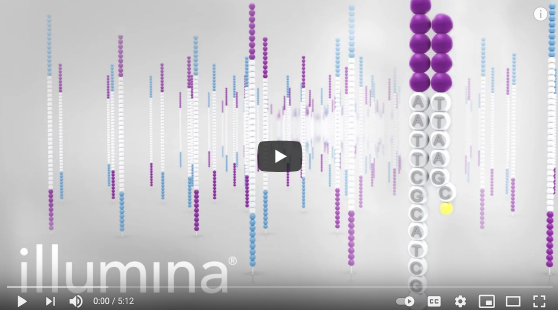Illumina MiSeq Sequencing
Work flow
- Adaptors added to DNA fragments
- Amplification of the universal genes 16S and ITS
- Sequencing of binding sites, indexes, and regions complimentary to oligos
- Each plate has three positive amplification controls that span the analytic range, and a negative control for each assay
- Specimens are combined based on qualitative measures
- Fragment size selection and clean-up is performed to remove primer dimers, salts, and short fragments
- Fragments hybridized and extended
- Denaturing of double-stranded DNA
- Bridge amplification
- Denaturing of double stranded bridge
- Bridge amplification
- Linearization
- Reverse strand cleavage
- Blocking
- Following cluster generation, the sequencing primer hybridizes to the adapter sequence
- A single fluorescently labeled deoxynucleotide triphosphate, dNTP, is added to each strand
- Each nucleotide base has a different fluorescent dye, which allows them to be added to the reaction simultaneously, and an image is captured at each cycle
- A terminator at the end of each nucleotide must be enzymatically cleaved before another nucleotide can be incorporated, which resolves the problem seen with homopolymers and repetitive sequences
- Once the forward strand has been read, a bridge PCR is performed and sequencing along the reverse stand begins




